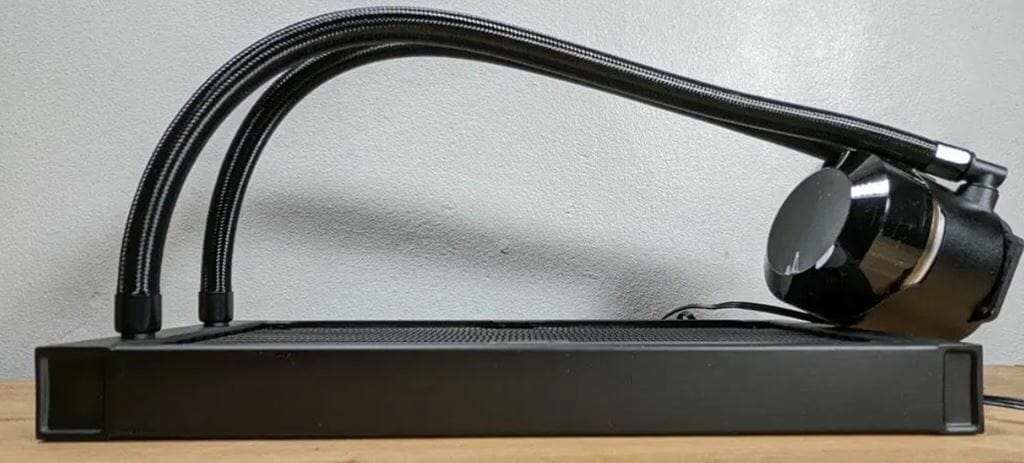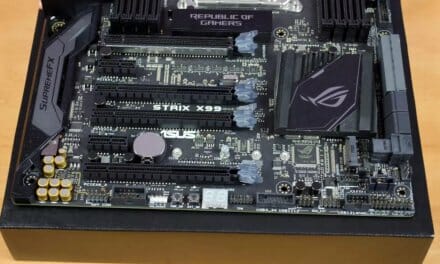
What Is An AIO CPU Cooler? An Explanation On A Top CPU Cooling Solution

As computer technology continues to advance, keeping your system cool is increasingly important. Overheating can lead to a variety of problems, from reduced performance to permanent damage. To combat this, many people turn to all-in-one (AIO) CPU coolers.
But what exactly is an AIO CPU cooler? In this article, we’ll explore the ins and outs of this cooling solution, from how it works to its benefits and drawbacks.
What is an AIO CPU Cooler?
An AIO CPU cooler is a type of liquid cooling system designed to keep your CPU (central processing unit) cool. Unlike traditional air cooling systems that use a heatsink and fan, an AIO cooler consists of a radiator, pump, and water block.
The radiator is typically a thin, rectangular-shaped device with a series of fins that allow heat to dissipate. The pump is responsible for circulating the liquid through the system, while the water block attaches directly to the CPU and transfers heat away from it.
How Does an AIO CPU Cooler Work?
The basic idea behind an AIO CPU cooler is simple: liquid is more efficient at transferring heat than air. When your CPU generates heat, the water block absorbs it and sends it to the radiator, where the heat is dissipated into the air.
The liquid then circulates back to the water block, where the process starts all over again. This cycle continues as long as the computer is running, keeping the CPU cool and preventing damage.
Benefits of an AIO CPU Cooler
So, why choose an AIO CPU cooler over a traditional air cooling system? There are several benefits to consider:
- Improved Cooling Performance: Liquid cooling is generally more efficient than air cooling, meaning you can achieve lower temperatures and better performance with an AIO cooler.
- Reduced Noise: Because AIO coolers don’t require large fans, they tend to be quieter than air cooling systems.
- Space-Saving Design: AIO coolers are typically more compact than air cooling systems, making them ideal for smaller cases or builds with limited space.
- Customizable Appearance: Many AIO coolers come with RGB lighting or other customization options, allowing you to add some personality to your system.
Drawbacks of an AIO CPU Cooler
While there are plenty of advantages to using an AIO CPU cooler, there are some potential drawbacks to consider as well:
- Higher Cost: AIO coolers tend to be more expensive than traditional air cooling systems.
- Maintenance Requirements: While AIO coolers require less maintenance than custom liquid cooling loops, they still need to be checked and cleaned periodically to ensure optimal performance.
- Potential for Leaks: Although rare, there is always a risk of leaks with liquid cooling systems, which can damage your components.
Choosing an AIO CPU Cooler
If you’re considering an AIO CPU cooler for your system, there are several factors to keep in mind. First, make sure the cooler is compatible with your CPU socket and motherboard. You’ll also want to consider the size of the radiator and the noise level of the pump and fans.
Finally, think about your budget and what features are most important to you, such as RGB lighting or a particular brand. With so many options on the market, it’s important to do your research and choose a cooler that fits your needs.
Not sure what AIO is best for your needs? Check our comprehensive 240mm AIO roundup guide out to see which one may best suit your needs.
Conclusion
An AIO CPU cooler is a popular cooling solution for modern computers, offering improved performance, reduced noise, and a space-saving design. While there are some drawbacks to consider, the benefits make it a compelling option for many users. When choosing an AIO cooler, be sure to consider compatibility, size, noise level, and your budget to find the best option for your system
























